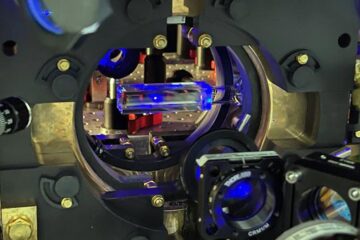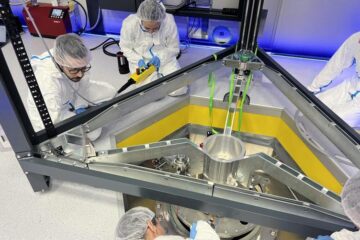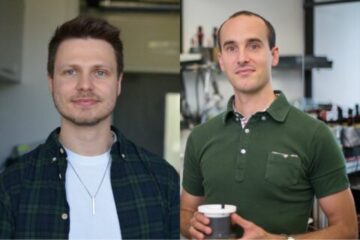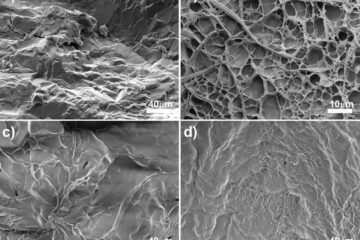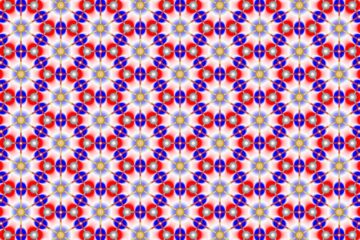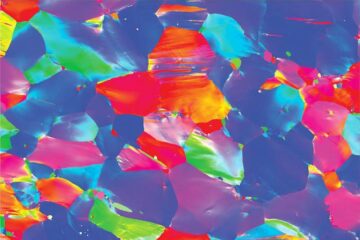Latest News
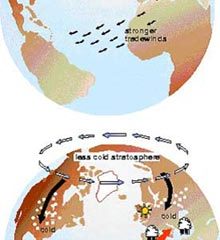
The 1991 Mt. Pinatubo Eruption Provides a Natural Test for the Influence of Arctic Circulation onClimate
A recent NASA-funded study has linked the 1991 eruption of the Mount Pinatubo to a strengthening of a climate pattern called the Arctic Oscillation. For two years following the volcanic eruption, the Arctic Oscillation caused winter warming over land areas in the high and middle latitudes of the Northern Hemisphere, despite a cooling effect from volcanic particles that blocked sunlight.
One mission of NASA’s Earth Science Enterprise, which funded this research, is to better understand how th

Major Innovation Push Before the Spring Council
The EU’s innovation information channel CORDIS reveals today the new thinking on innovation policy by the European Commission. Ahead of the Spring European Council (20-21 March 2003), CORDIS is publishing the new Innovation Policy Communication, adopted yesterday by the Commission. The Communication launches a new vision for EU’s innovation policy and gives a new impetus to the drive of making Europe the world’s most competitive and dynamic knowledge-based economy by 2010. It calls for broadening the

European astronomers observe first evaporating planet
Using the Hubble Space Telescope, for the first time, astronomers have observed the atmosphere of an extrasolar planet evaporating off into space. Much of this planet may eventually disappear, leaving only a dense core. The planet is a type of extrasolar planet known as a ’hot Jupiter’. These giant, gaseous planets orbit their stars very closely, drawn to them like moths to a flame.
The scorched planet called HD 209458b orbits ‘only’ 7 million kilometres from its yellow Sun-like st

Southampton scanner provides high level of protection from computer viruses and cyberterrorism
Computer experts at the University of Southampton have just released a new version of their hugely popular free-to-use email security system MailScanner, offering a high level of protection to companies and institutions wanting to safeguard their computer networks from viruses and the potential threat of cyberterrorism.
Developed by Julian Field of the University of Southampton’s world-renowned Department of Electronics and Computer Science, MailScanner processes over 500 million email mes

Good things, small packages
Binghamton University electronics engineering center charts new directions at ’micro’ and ’nano’ scale
Imagine a diagnostic “pill” that doctors can navigate through your system to collect video and chemical data about what’s going on in your body. Or how about a space age, two-ply, self-assembling organic-inorganic thin film that makes expensive mirrors and lenses such as those used by NASA virtually indestructible.
Each of these items is at the hear

New tools speed drug discovery and disease research
To study the genetic components of disease, researchers rely on mice or other research models in which particular genes are silenced, or turned off. In recent years, researchers discovered that they can selectively silence genes using small pieces of RNA called siRNA (short interfering RNA).
Unfortunately, sorting out which siRNA sequences block expression of which genes has proven to be truly daunting. Researchers at Whitehead Institute, however, recently released for public use a new comp
